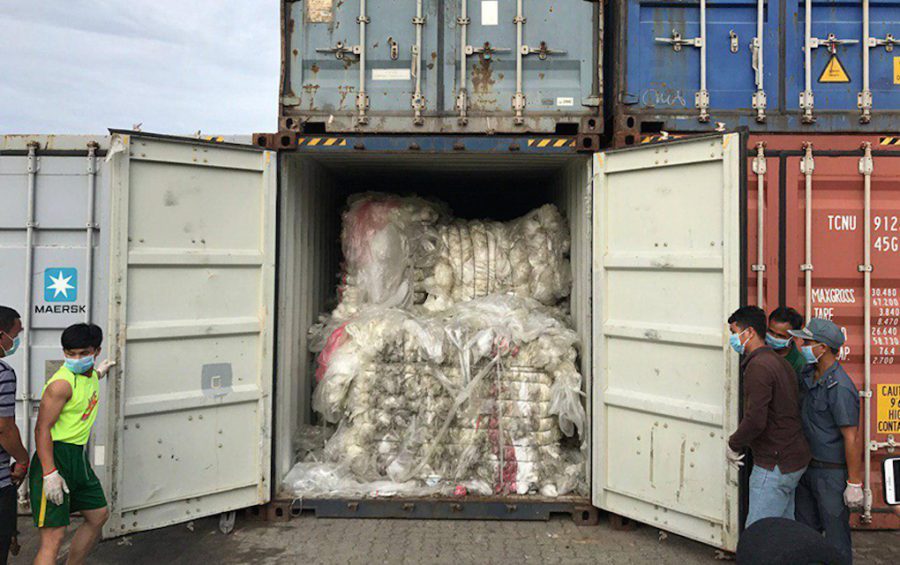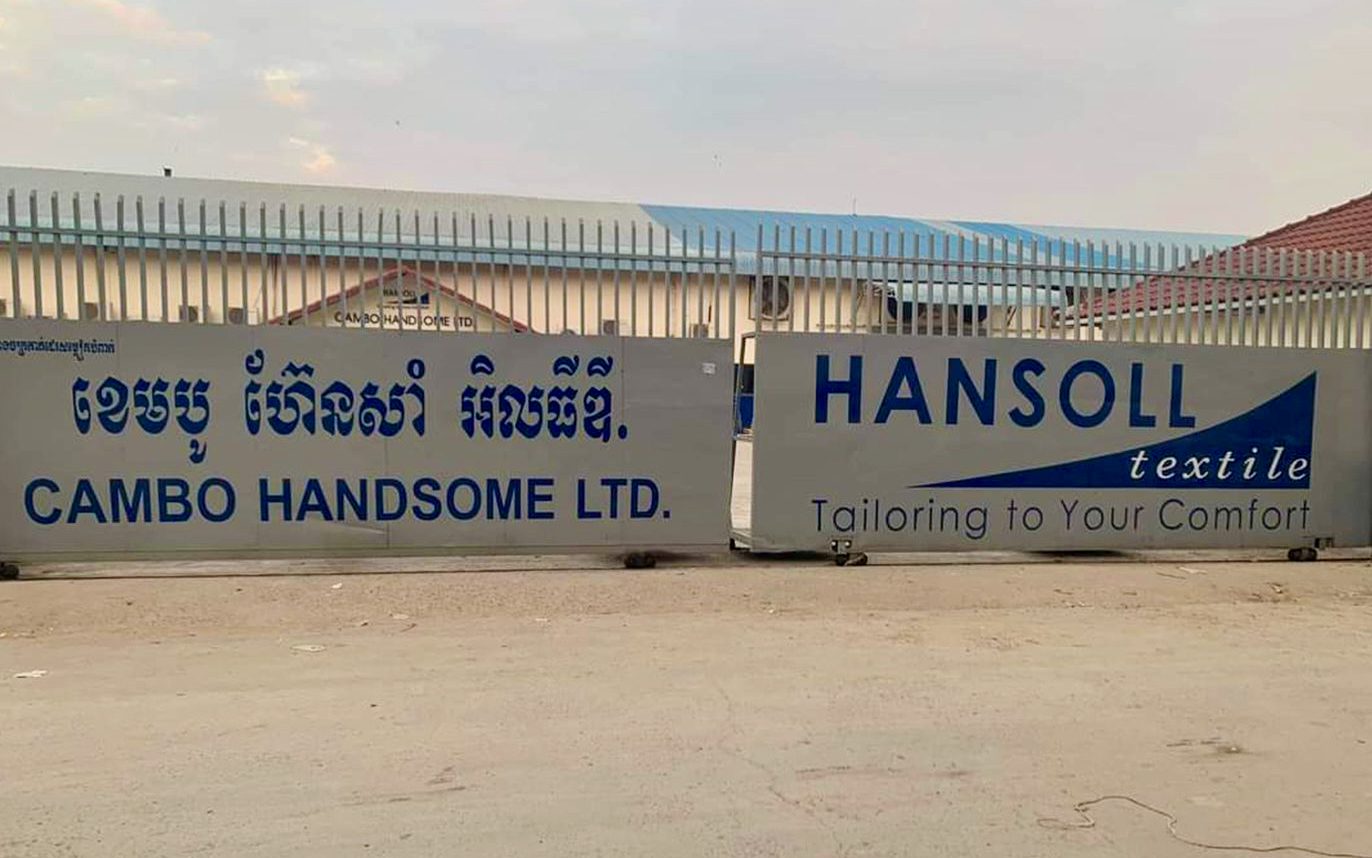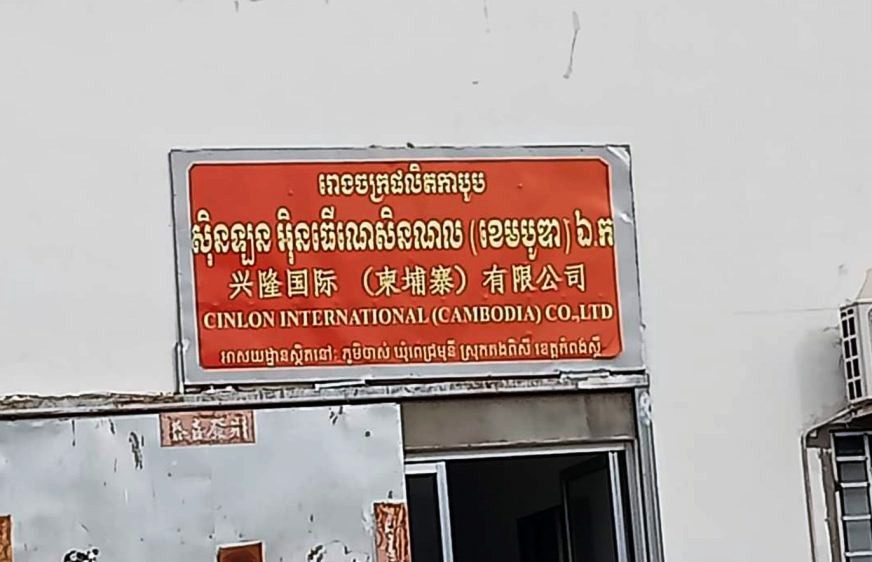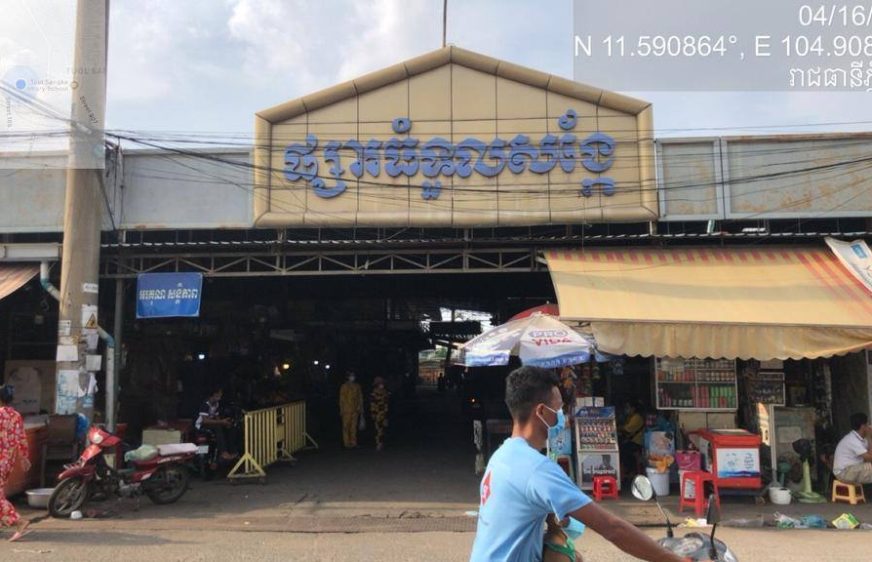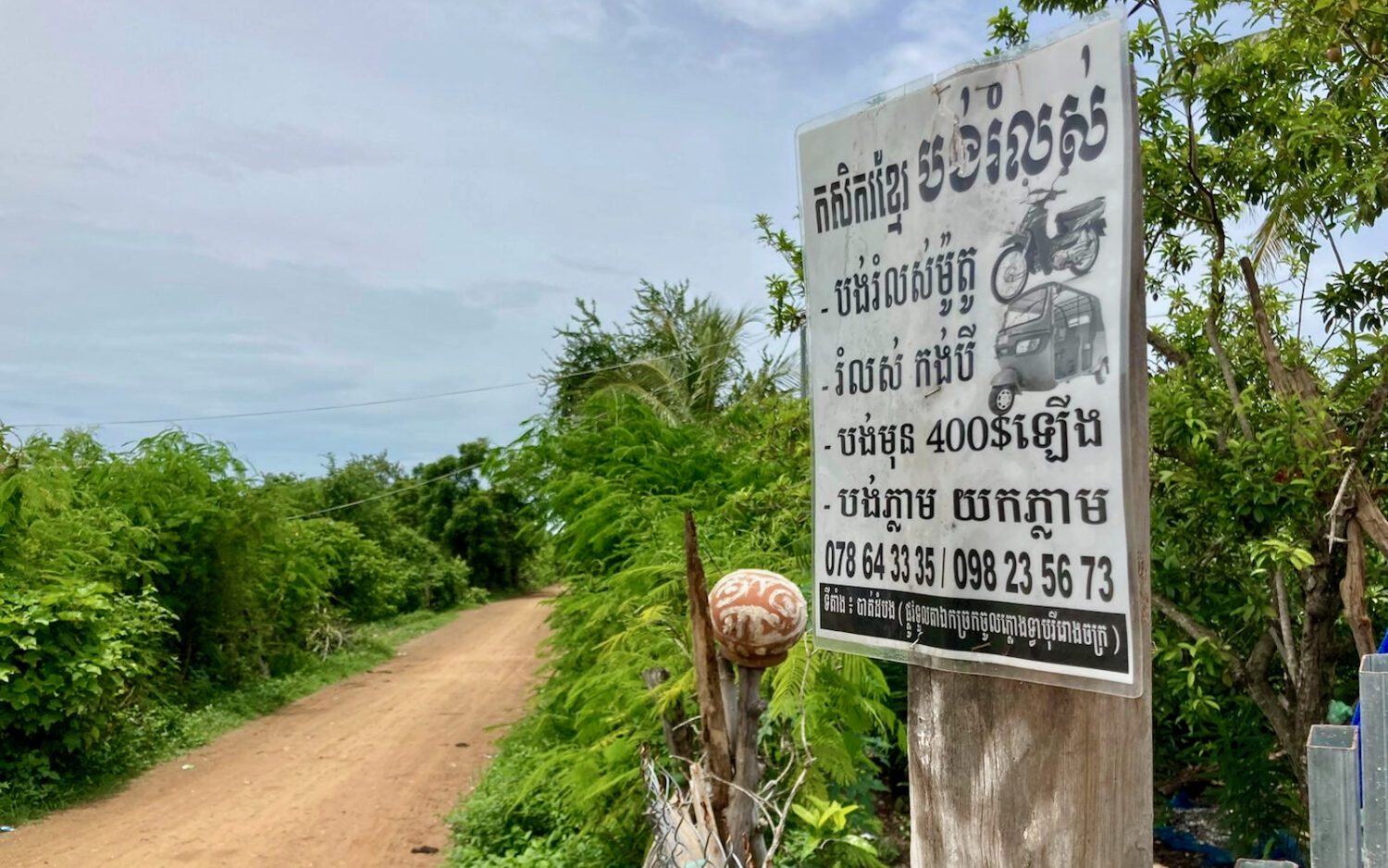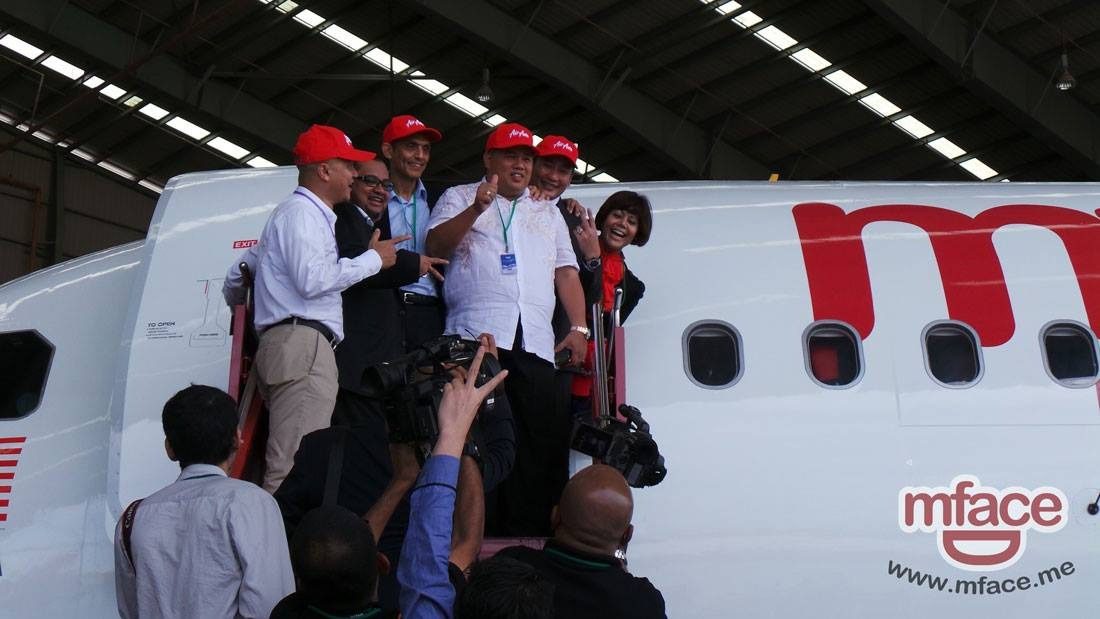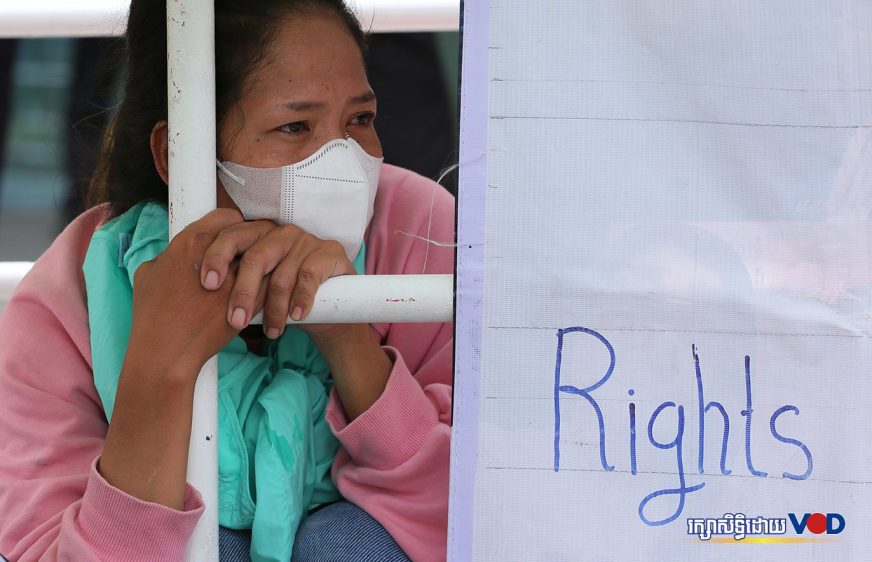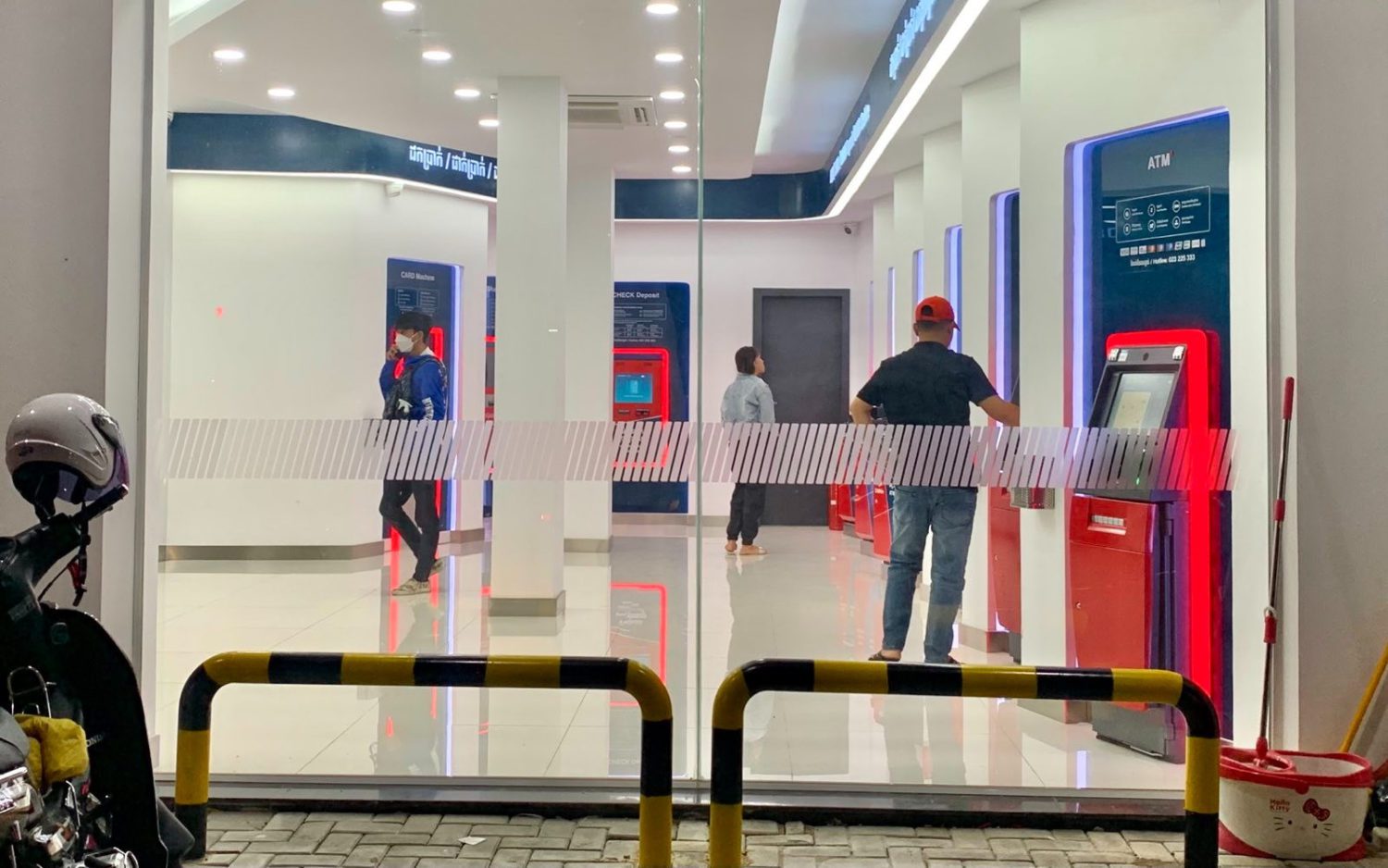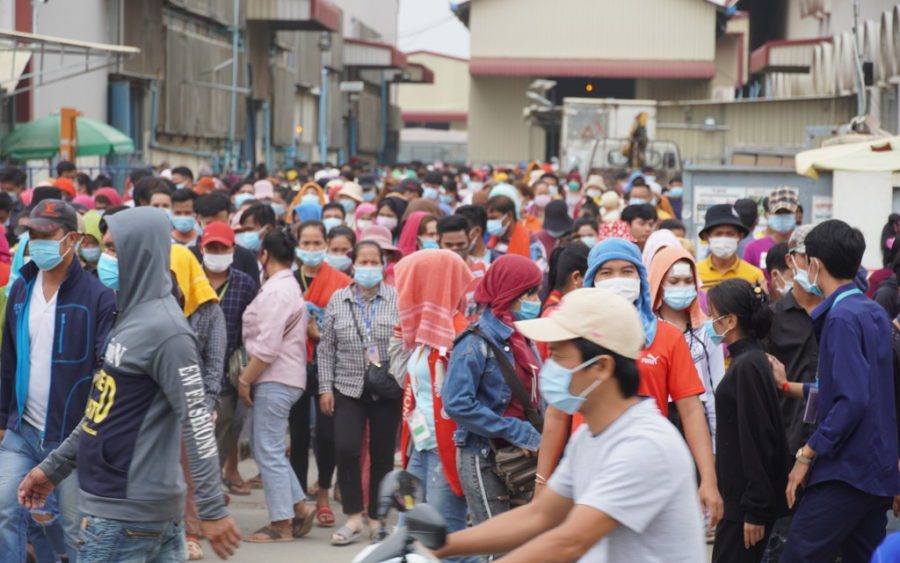About 1,600 tons of plastic waste packed into 83 shipping containers that were left at the Sihanoukville Autonomous Port since last year came from the U.S. and Canada, Cambodian officials said on Wednesday.
The government was in the process of sending the containers filled with discarded plastic back to their countries of origin, Environment Ministry spokesman Neth Pheaktra told VOD.
Pheaktra did not name the companies involved.
The revelation from the ministry comes amid growing public criticism among Southeast Asian governments over imports of trash from industrialized nations, including the U.S., Canada and Australia.
Kun Nhim, director of the customs and excise department, said a preliminary investigation showed that “some of the containers we have investigated are from the United States and Canada.”
As of Wednesday, authorities had not determined that the containers came from any other countries, Nhim said.
“Those who imported will be punished according to the law,” he added.
“We will see by which article of the law to punish them, but surely they will be punished and the trash will be sent back to the original countries,” Nhim said.
A 1999 sub-decree on solid waste management prohibits the import of household and hazardous waste from abroad. Penalties include fines and imprisonment depending on the offense. However, it was unclear if the plastic in question was among the prohibited items.
Officials opened the containers, which Nhim said had been at the port since late 2018, on Tuesday. Bales of plastic waste were stacked from floor to ceiling inside, photos of the containers published by local media show.
U.S. Embassy spokeswoman Emily Zeeberg said in an email on Wednesday that the embassy was monitoring the reports of plastic waste at the port and had requested additional information.
The U.S. government was offering assistance to “determine both the exporter (country of origin) and the importing entity here in Cambodia,” Zeeberg said without confirming whether the waste was exported from the U.S.
The Canadian Embassy could not be immediately reached for comment late Wednesday.
Nhim, of the customs department, said authorities and customs officers had decided to keep the trash at the port in order to find the responsible company and fine or rescind its license. Any customs officers who had colluded would also be punished by law, he said.
Suon Bunsak, an independent governance adviser, appealed to the Anti-Corruption Unit to investigate the case.
“How did the competent officers work, which led to the importing of trash to Cambodia? There might be compromises in the means of corruption that allowed the trash to be brought to Cambodia. We have to investigate this,” Bunsak said.
The Preah Sihanouk provincial government announced a campaign this month to clean up Sihanoukville by requiring civil servants to pick up rubbish.
Provincial government spokesman Kheang Phearum has told VOD that the province was producing more than 700 tons of trash per day and the amount was estimated to increase next year.
The amount of trash in the province had increased since more Chinese nationals came there to live and start businesses, he said.
Additional reporting by Matt Surrusco
(Translated and edited from the original article on VOD Khmer)


